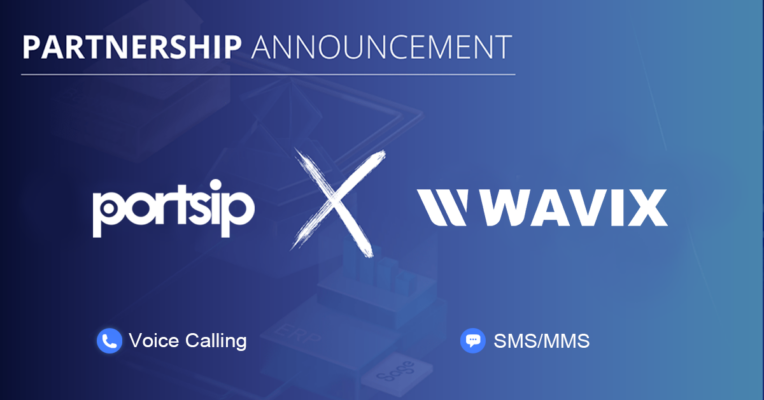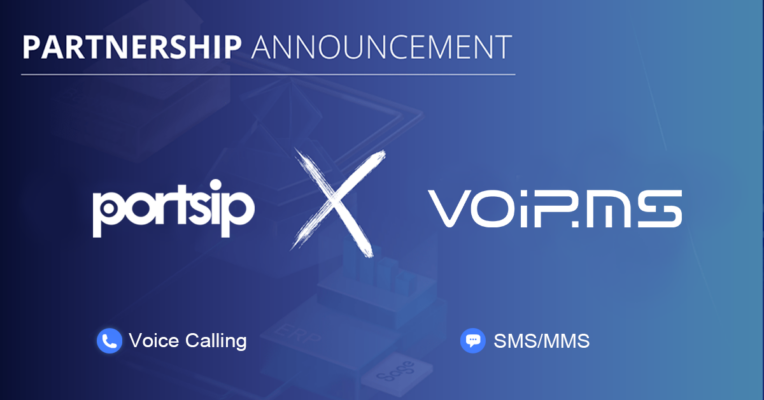PBX, short for Private Branch Exchange, which is a private telephone network used within a company or organization. More and more modern companies are opting for cloud PBX systems for small businesses.
PBX (or Private Branch Exchange) systems revolutionized business telephone services back in the midcentury, allowing businesses to make calls internally between employees in the office.
Today, PBX has changed a ton—and as we’ll see later, has been overtaken by new advancements (and acronyms) in telephony, namely VoIP (Voice over Internet Protocol) technology, cloud PBX, and UCaaS (Unified Communications as a Service) platforms that allow you to make phone calls over the internet.
No hardware, no landlines, no server rooms.
This guide breaks down all the essentials you need to know about modern PBX solutions. Even if you’ve never managed a PBX before, you can jump around to the parts that matter to you.
What Is a PBX (Private Branch Exchange)?
A PBX system provides businesses with the necessary functions and features exclusive to business requirements instead of a residential landline or mobile phone, for example. Some of those features might include the ability to manage multiple inbound or outbound calls, offer individual extensions for employees, auto attendants and general business call management features, which would be surplus to requirements in a residential or mobile system. Different types of PBX use different communications channels, including voice over internet protocol (VoIP) and integrated services digital network (ISDN).
These business telephone systems are specifically designed to meet the needs of the modern business in connecting it with the outside world and are differentiated from residential services on account of the features they have the propensity for. Typical PBX features include call routing, call queuing, conference calling, auto attendants, and hold music capabilities, among many other functions, as well as simply making and taking phone calls.
The purpose of a PBX
The primary purpose of a PBX is to serve as a business phone system.
It allows for the internal management of phone calls within a smaller area, such as an office or business. A PBX can handle features like voicemail, auto attendants, and recorded messages, providing a comprehensive phone system for the organization.
In contrast, the PSTN is a public phone network that connects calls between different providers and handles the routing of calls on a larger scale. It’s not specifically designed for internal business phone systems like a PBX.
PBX systems empower IT leaders to maintain their existing devices with an all-digital backbone by assigning different business phone numbers to different extensions. Alternatively, a cloud PBX blends the best of both worlds with a fully managed phone system deployment.
Now that we know the purpose of a Private Branch Exchange, let’s learn about the benefits of a modern PBX for business communications.
Reasons To Use a PBX
Businesses that use PBX enjoy benefits ranging from advanced calling features to wider connectivity and security. Businesses large and small enjoy the impressive capabilities of a PBX. Here are the top reasons why businesses use a PBX
- Call management – Manage and complete calls on a pre-programmed schedule. For example, a medical office could route after-hours calls to an answering service. Operators can restrict or permit international dialing as needed to avoid high costs.
- Call transfer – Easily transfer calls between users and departments without dropping the call. This is especially useful for customer support and sales teams.
- Custom greetings – Record customized greetings and hold music to create a professional image and alert customers to promotions or issues.
- Call centers – PBX systems enable call center functionality to manage inbound/outbound calls and distribute them to agents. A cloud PBX can scale to handle high call volumes.
- Multi-location connectivity – Connect multiple offices on the same phone system so employees can communicate seamlessly across locations.
- Reporting & analytics – Many modern PBX systems provide detailed reporting on call activity, agent performance, and more. This data helps businesses optimize their communications.
- Unified communications – A PBX can integrate with other communication channels like video conferencing, chat, and email to provide a seamless user experience.
- Modern features – The modern PBX provides new technology such as the WebRTC, sharing, and video meetings that increase mobility and productivity.
- Cost savings – VoIP-based PBX systems can significantly reduce costs compared to traditional phone lines. Businesses only need an internet connection instead of a separate voice infrastructure.
Types of PBX Phone Systems
Private branch exchange is available to serve different business communication needs. For instance, the system operates on-site and in the cloud to provide both traditional and improved telephony experience. Below are the types you should consider for your business.
Analog or Traditional PBX
An analog PBX system is installed at your business location. The intra-office system connects plain old telephone service (POTS) lines to a public switched telephone network (PTSN).
The analog PBX phone system provides basic telephony service, allowing you to make and receive phone calls and faxes between company employees. It requires installing copper phone lines and other hardware. You’ll also need to add new telephone wires and jacks to add more employees to the network. And to make external calls, you’ll have to pay for additional phone lines.
On-premises analog PBX connects your employees, but it doesn’t offer modern-day features such as multimedia services, voice mail conversion to email, and remote working capabilities.
Internet Protocol PBX (IP PBX)
Also called VoIP PBX, this PBX system is an improved version of analog PBX. It provides more features and allows connectivity between multiple locations. VoIP or IP PBX uses the internet protocol (IP) to link office-networked phones and converts voice to data, which reaches the receiver as voice. IP PBX provides access to unified communications features such as messaging, video conferencing, and “bring your own device” (BYOD) mobility, which analog PBX systems lack.
Internet protocol PBX uses session initiation protocol (SIP) trunking to run a phone service on your office network, thereby allowing teams to communicate with each other and outside clients over the Internet. All you’ll need to do to get your IP PBX running is set up your SIP trunk with a provider and create a small physical space for data pockets, where your call data is stored.
Cloud PBX
Also known as virtual or hosted PBX, cloud PBX uses internet protocol technology to enable you to make and receive calls without on-site equipment. The setup is quick—buy the service and plug in your phones. The service provider routes incoming and outgoing calls through data packets or a public switched telephone network.
Cloud PBX allows you to manage your devices from your web browser. You can control all call forwarding, call routing, call recording, music holding, and auto attendants from anywhere.
What To Look For in a PBX System
While all PBX solutions will enhance your communications and grow your business, choosing one that suits your business’s exact communication needs is important. Here are a few things to consider when choosing a PBX system for your company.
Your Company’s Needs
Cloud PBX systems offer more features than on-premises types, so if you need advanced functionality such as call reports, video conferencing, mobile extensions, and CRM integration, you should go for a cloud PBX system. But if all you need are standard call features such as call transfers, ring groups, and auto attendant, you’ll do fine with an on-premises PBX solution.
Your Business Environment
If you work from a single office, an on-premises PBX system will be better for you. However, if your employees work from home or are usually on the field, you should choose a cloud PBX system. Also, cloud PBX systems are more suitable for small to medium-sized businesses, while on-premises PBX systems suit larger enterprises.
Your Company’s Strength
To know which PBX phone system your business needs, examine your knowledge of telephony concepts, how skilled your IT staff are, which systems you’ll need to integrate, and your access to a strong internet connection. For instance, you’ll need a reliable high-speed internet connection to run a cloud PBX system, whereas you’ll only need phone lines to run a traditional PBX system.
Your Budget
PBX systems come with upfront and ongoing costs, ranging from installation to maintenance. For example, cloud PBX systems majorly require monthly subscription fees, while on-premises PBX will cost you hardware, installation, and licensing fees and often require replacement after some years. Also, VoIP PBX allows you to add and remove lines for free, while analog configuration requires a physical installation and extra payment on additional lines. To find out how much a PBX type will cost you and if your company can afford it.
PortSIP PBX Solution Has Your Back
PortSIP PBX is a software-based multi-tenant PBX that offers business collaboration solutions, it’s designed for both on-premise and cloud PBX environments, including SBC, audio, video calling, Instant Messaging, presence, rich text chat, Microsoft Teams Direct Routing, WebRTC, sharing screen, sending file, picture, voice, and video messages, and mobile push notifications.
PortSIP PBX integrates contact center features that help you satisfy the most demanding of customers. Integrated the free SBC to support Microsoft Teams Direct Routing and free video meeting, at no extra cost, share your screen for presentations & online meeting room.
The PortSIP PBX also includes PortSIP SBC, PortSIP VoIP SDK, and Softphone App, allowing the service provider to host the cloud PBX service.
If you are a large service provider looking for a UCaaS solution that supports 1M+ users, please try PortSIP UCaaS.




